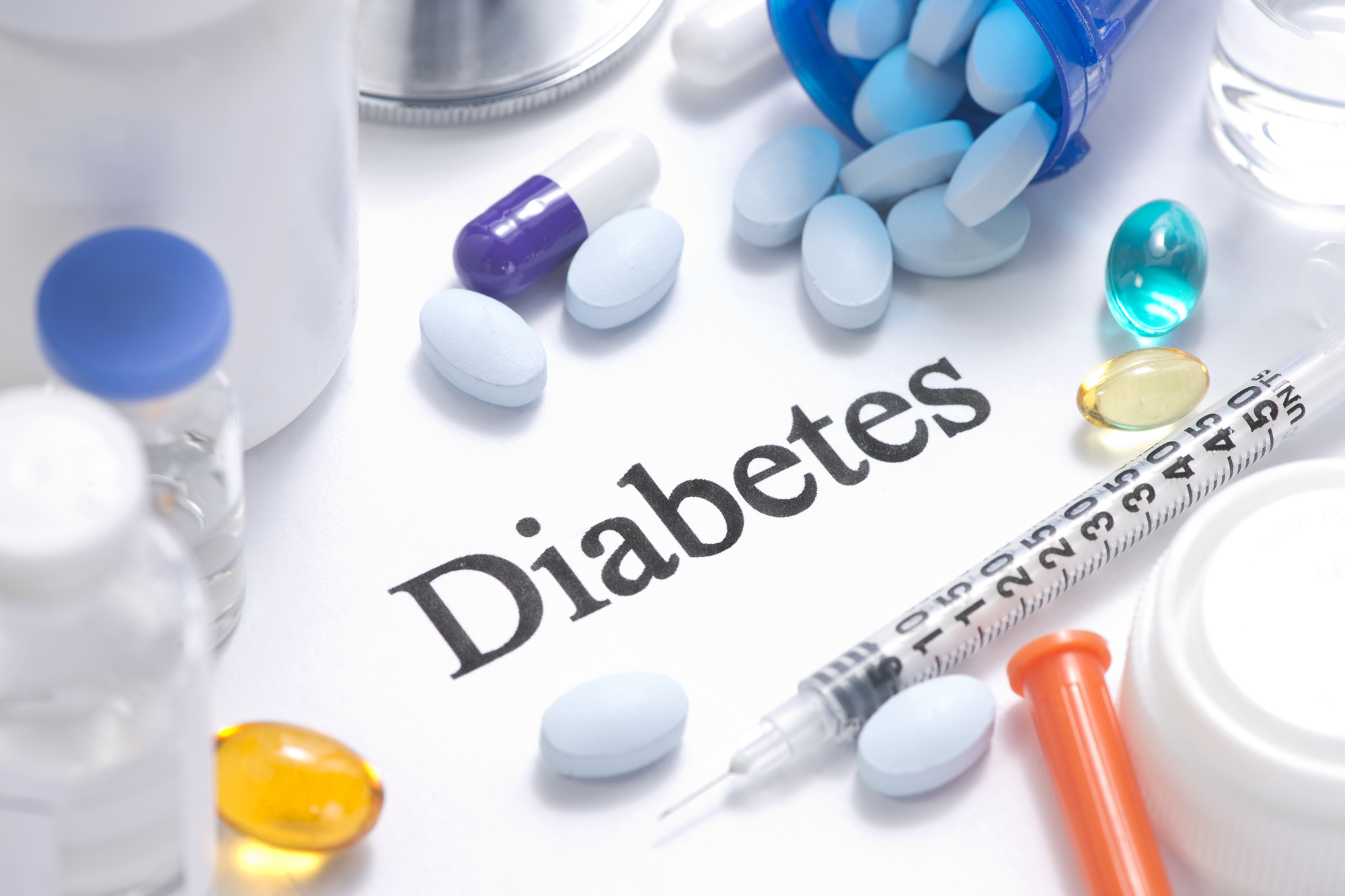Who do you think is at a higher risk of diabetes? Let me guess. Just now, a lot of things were running into your mind, fumbling for answers.
What were some of those choices? Obese people? Genetics? Unhealthy lifestyle? Older people? Whatever your guesses were, you were correct.
Diabetes, like most other diseases, is terrifying to have and something that can’t be cured. But that doesn’t mean life is impossible. And it certainly doesn’t mean you can’t fulfill your dreams.
But what is the difference between type 1 and type 2 diabetes? Is one worse than the other? Is one more common than the other?
Let’s take a look.
What Is Diabetes?
How do we explain what diabetes is? Before I go further into the differences between type 1 and type 2, you’d need to first understand what diabetes is. We often joked about how someone can get diabetes by consuming a large amount of sugar they take.
This isn’t quite accurate but it’s on the track there. Too much sugar intake doesn’t cause diabetes, but instead, weight gain. Obesity is at high risk for diabetes.
Diabetes happens when your blood glucose is exceedingly high. Glucose is the energy you received from food. Insulin is a hormone created by your pancreas that delivers glucose to your cells for energy.
When your body doesn’t make enough insulin, glucose gets trapped in your pancreas. Having too much glucose in your pancreas can develop health risks. This is where the problems began.
Type 1 Diabetes
Type 1 diabetes is when your body doesn’t make enough insulin. This is due to your immune system attacking the insulin cells in your pancreas. The immune system attacks the cells because it mistakes the cells for invaders.
Type 1 diabetes stems from childhood but can be developed later on. Scientists are uncertain as to why the immune system attacks the body. The investigation is still ongoing. Type 1 diabetes is more uncommon.
Type 2 Diabetes
Type 2 diabetes is when your body produces little insulin and/or the insulin doesn’t work well. Some people have what is called insulin resistance and it puts people at high risk for type 2 diabetes.
Scientists are unsure why some people have insulin resistance and some don’t. They speculate that lifestyles contribute to the factor. Type 2 diabetes can be caused by unhealthy lifestyles. Type 2 diabetes is more common and can happen at any age.
The Difference Between Type 1 and Type 2 Diabetes
While these two are similar, their causes are different. Type 1 diabetes is caused mostly by genetics while type 2 is mostly caused by an unhealthy lifestyle.
Note: Many Americans are at higher risk for type 2 diabetes. Can you guess why?
Obesity and an inactive lifestyle are two of the most common causes of type 2 diabetes. While this is not always the case they are responsible for roughly 90% diabetes cases. This means that weight loss is extremely important for those with or that are at risk of developing type 2 diabetes. Doctors will often prescribe weight loss programs or weight loss surgery like gastric sleeve surgery Newcastle to treat or prevent type2 diabetes
Do you or someone you know have diabetes? Would you like to check out places that have what you need? If so, click here to get started. We have a variety to choose from.
What Are Some Signs of Type 1 and 2 Diabetes?
Signs of type 1 and 2 diabetes include:
- Quench of thirst
- Unexplained weight loss
- Blurry vision
- Fatigue
Both diabetes can have mood swings and irritability.
Manage a Healthy Lifestyle by Understanding the Difference Between Type 1 and Type 2 Diabetes
Having diabetes seems gruesome, but the good news is that by understanding the types of diabetes you can help a loved one live a healthy lifestyle.
Type 1 diabetes can be controlled by taking insulin provided by their doctor. This is extremely crucial as they will need it to stay alive. Type 2 diabetes can be maintained by actively working on a healthy diet and getting some exercise.
And while it won’t cure type 2 diabetes completely, it will help maintain their blood levels. And the best part is they get to live a happy, healthy life. So it’s a win-win situation.
It all starts with educating your local community on the difference between type 1 and type 2 diabetes so they can prevent from developing type 2, at the very least.
For more information on diabetes, check out our blog for more of our latest articles!


















